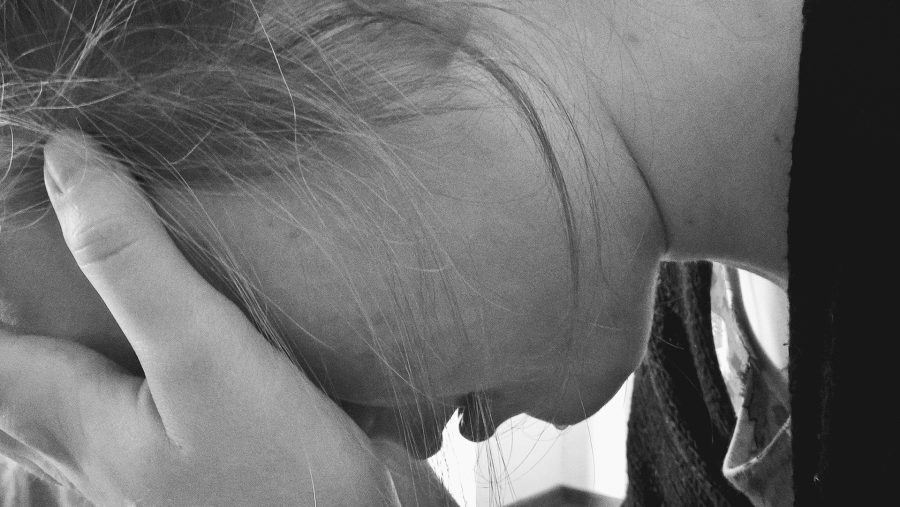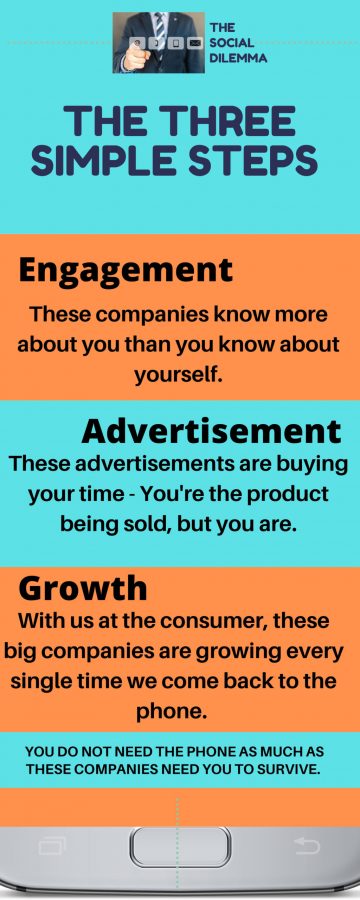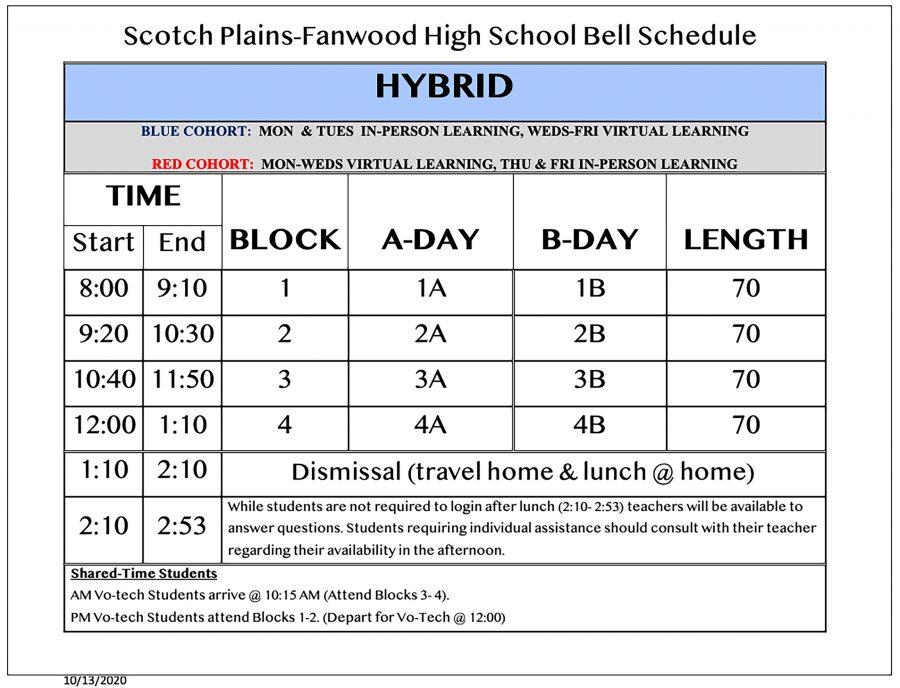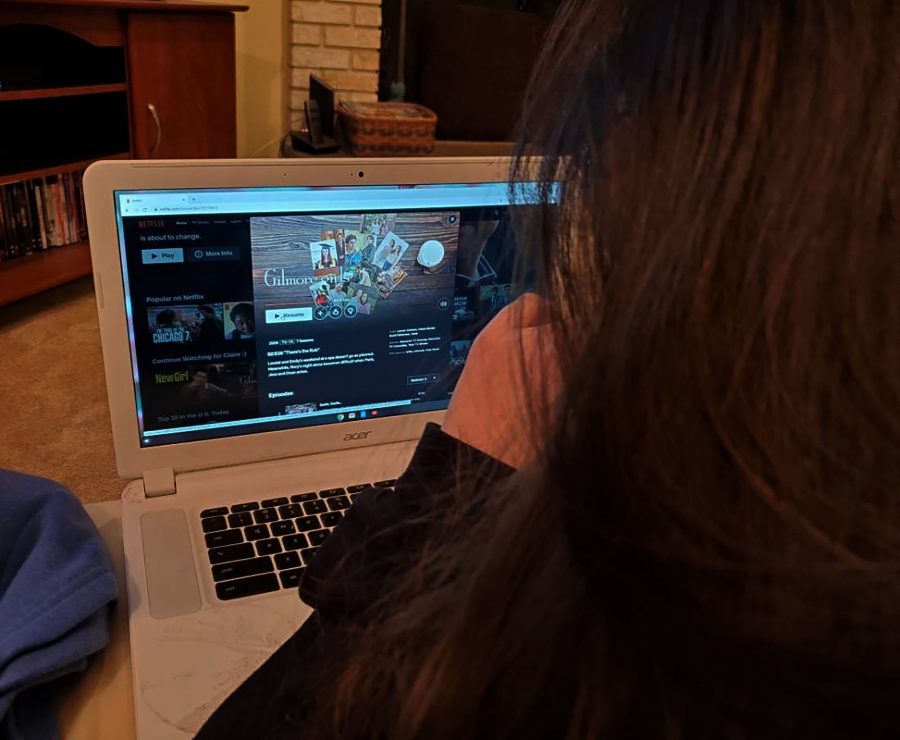by John Leonardo
Adolescence is considered by many to be one of the hardest periods in one’s life as it is marked with significant changes both biologically and socially. Within today’s era of technological advancements, unique and ever changing culture and societal stigmas, it is safe to say being a teenager in the 21st century is more than just difficult.
Living in such an age where the emphasis on pop culture is more than ever, teens cannot afford to have mature themes in the shows they watch be cut off completely. Restrictions on what shows can and cannot broadcast sever one of the only normalized connections teens have with touchy subjects.
According to depts.washington.edu, teens are affected by pop culture in almost every aspect imaginable and it helps mold each generation, whether it be for the better or for the worse.
“It is quite often that things related to pop culture get brought up in conversations because when I’m talking to my friends or family, I will bring up a new song I like or what new tv show I’ve started to watch. It is an easy subject for conversation,” Scotch Plains-Fanwood high school junior Amelia Sherman said.
Pop culture is definitely an easy conversation starter, as Sherman pointed out, but what does today’s pop culture really look and sound like?
Well a lot of it can be summed up as what is the most popular song today; or in this case, what is the most popular teen drama. Shows like HBO’s “Euphoria” and Netflix’s “13 Reasons Why” and “Sex Edcuation” come to mind during this discussion. These shows come into question because of the mature themes they all individually delve into in their own unique ways.
Considering these shows are all labeled as teen dramas, one can only assume they are mostly aimed towards a 15 to 19 viewer demographic as the setting of these shows are mainly highschools and with underaged characters. So, should the general public be concerned about the mainstream broadcasting of adult or mature themes to underage viewers?
No, the public should not be concerned with the normalization of adult themes such as substance abuse, sexuality and mental health in the teen demographic.
One may think that because of the influence of pop culture on today’s generation with the use of social media apps like twitter, these types of shows would be inescapable. Although one may run into a few posts here and there about their friend’s opinions on some of these shows, explicit scenes of these shows are generally not broadcasted on any app.

All of such shows have an accurate rating given to them by the age rating system. Furthermore, parent regulation on devices can stop kids from accessing these shows without permission from a guardian. So, in theory, the point that every single teenager will watch and be exposed to these adult themes without consent is silly and not plausible.
Mature themes are necessary in pop culture in order to have representation of certain confusing topics. Some shows are able to teach someone what to do or what not to do when confusing situations arise like a friend you know is dealing with drug addiction.
“I like these shows a lot more than other shows because it shows the audience that these things do happen and how it can impact people,” SPFHS senior Alexa Seefedlt said. “Obviously every situation is different, but this being on mainstream media means that more people know it happens and it might make it feel less scary to the people it is impacting (depending on what it is).”
For example, BAFTA TV Award nominee Sam Levinson’s controversial show “Euphoria” deals with heavy themes such as substance abuse, teen sexuality, domestic abuse, identity and more in a unique and dramatized but effective way.
The main character of the show “Euphoria,” Rue, is a 17-year-old high school student who struggles with substance abuse throughout the course of the story. Whether it’s struggles stemming form such substance abuse such as family problems, life threatening overdoses, insanely high peaks and dramatically low relapses, the show goes in depth with such struggles and gives an accurate yet entertaining outlook on them.
Another notable show is called “Sex Education” and it is pretty self explanatory as to what themes it deals with, however, it handles these mature themes in a more comedical but equally as effective way to “Euphoria.” Some may see entertainment as these tv show’s first priority, and while that may not be that far of a stretch to say, these shows actually aim to embrace dark and mature topics and broadcast them to start getting people talking about them.
These conversations of teen sexuality, drug abuse and mental health are all closely related in one way: they are real things that happen to real teenagers in the real world.
“I, for the most part, am very fond of these shows,” SPFHS junior Jodi Carmant said. “They portray the realistic facets of life and give us real and unfiltered expectations of life.”
These shows are in fact portraying semi-realistic expectations of what it is to be like as a teenager in today’s day and age.
Even so, shows like “13 Reasons Why” heavily advertised the national sucide prevention hotline for individuals suffering from some of the same things the characters in the show suffered from. HBO’s “Euphoria” included a similar strategy after every airing of an episode. The show would advertise their own crisis hotline, raising not only awareness about such dark topics, but also directly providing help.
HBO even set up their own website, which includes this message the show had with directions on how to properly use their 24/7 crisis hotline. The website includes other resources as well and statistics from various sources like Planned Parenthood and direct quotes from writer and Executive Director Sam Levinson.
Without shows like “Euphoria,” “Sex Education” and “13 Reasons Why,” teenagers would not know how to deal with real-life problems that occur in their personal lives.
“I personally don’t have any experiences that could relate to a show,” Carmant said. “But I know friends that have said these shows helped them understand and be more comfortable in situations that have arisen.”
The normalization of these themes will hopefully lead to more sources teenagers can consult before taking on difficult situations they are often exposed to at one point or another. Teens everywhere can benefit from a lifeline of this nature especially in the most confusing time period of their lives called adolescence.
The danger of excluding mature themes in teen media
December 1, 2020
0
More to Discover











